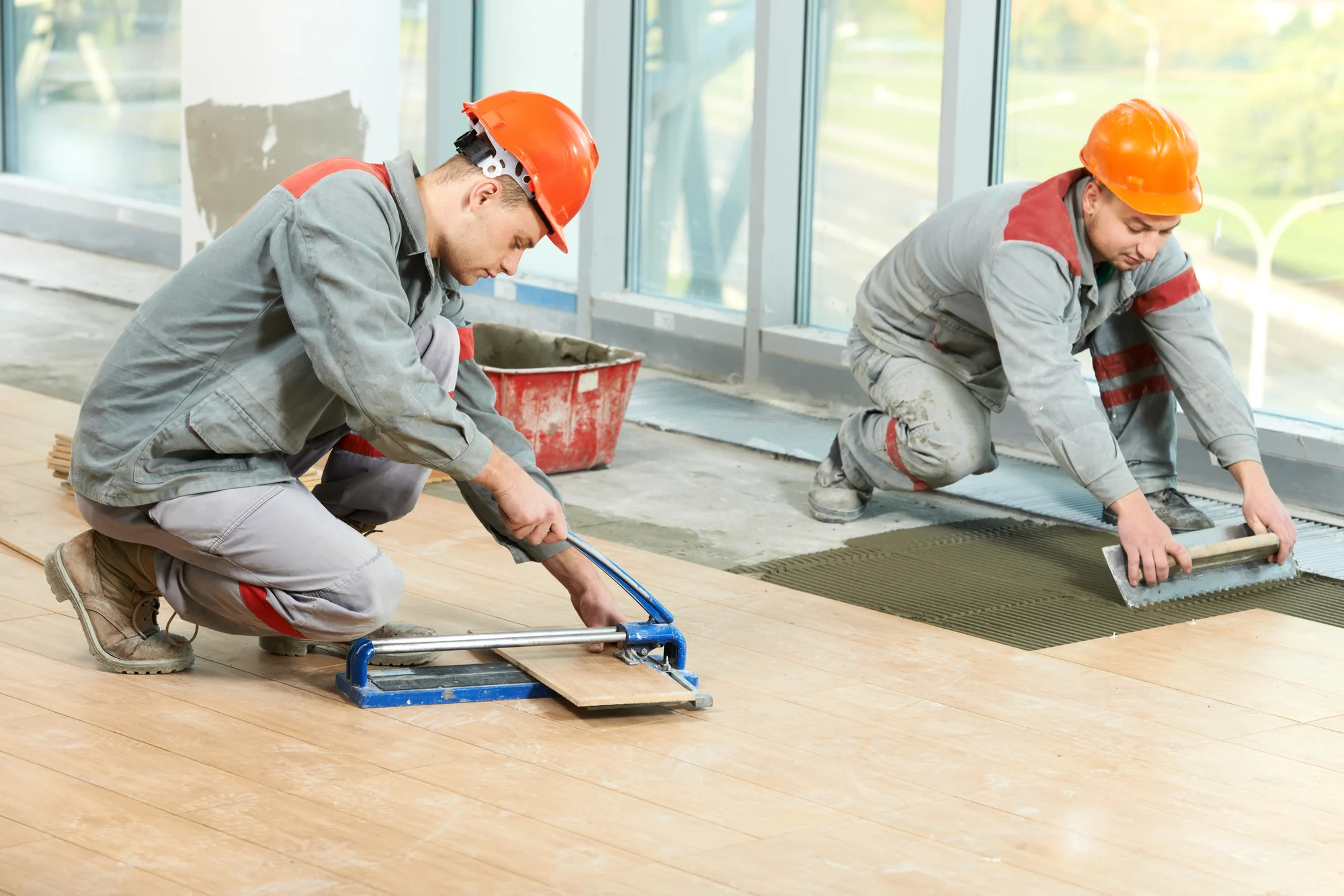Tile repair can be a DIY project for homeowners who are willing to put in the time and effort. However, a professional may be a better option for more severe damage.
Cracked and chipped tiles aren’t only a visual eyesore; they can also pose a safety hazard, creating jagged sharp edges or larger gaps that can lead to tripping or falling.
Cracks
Hairline cracks in tile are common and can be easily repaired with epoxy or another type of tile filler. If the crack is larger than a hairline fracture it may require more substantial tile replacement.
Before beginning the repair process, thoroughly clean the cracked area to remove dirt and grease that could prevent a strong bond between the epoxy and tile. It’s also important to work in a dry area as humidity can cause the epoxy to harden and fail.
For the best results, choose a 2-part epoxy adhesive designed for floor tiles and follow the instructions carefully. You can usually find these types of adhesives at your local hardware store. Many of them offer detailed directions as well as color matching charts to help you determine the proper epoxy shade for your tile. Tinting the epoxy can help conceal the crack, as well. However, this technique only works on glazed tile and it’s best used for small areas where the cosmetic appearance of the crack doesn’t matter.
Chips
Chips in tiles occur when something hard and heavy was dropped on the tile or when furniture with metal feet is dragged over the surface. Fortunately, most chips can be repaired with a ceramic filler or epoxy. Many home improvement centers and supply houses sell kits that contain these products along with a surface sealant.
To begin, clean the area thoroughly paying special attention to the chipped area. Cut pieces of green tape and stick them against the edges of the chip continuing around all sides until it is completely surrounded by tape. This isolates the chip from the rest of the tile to prevent paint overflow and allows you to level off or sand smooth the repair later.
Apply the epoxy to the chip with a toothpick being careful not to get any on the surrounding tile or grout. Allow the epoxy to set for 30 minutes before painting. The paint may take a few days to cure fully. When it does, you should be able to hardly see the repair from most angles.
Loose Tile
Tile is an extremely popular flooring material due to its durability, polished look, and easy maintenance. However, tiles aren’t impervious to damage, and over time they can loosen. Loose tiles are a tripping hazard, and they can also lead to further issues in your home, such as water leaks and mold growth.
There are several reasons why your tile can become loose, including poor adhesive coverage by the tiler (a practice known as ‘dobbing’), structural movement in the floor or wall, and moisture under the tiles.
To repair loose tile, start by removing the old mastic and then slipping a putty knife under the loose tiles. Carefully pry up the tiles, being careful not to break them. Once the old mastic is removed, scrape away any loose backer and then apply fresh mastic to the floor. After the mastic dries, reset the tiles.
Water Damage
Water damage in tiles is a common problem that can be hard to spot. Unless properly repaired, moisture in tile can lead to mold and rot. It can also degrade the drywall or wooden subfloor that the tile is attached to. In the worst case, it can cause the entire tile structure to fall off your walls.
Moisture behind your tiles can also damage the underlying subflooring and lead to warping or dips. A good way to test for moisture is to tap a tile with a coin; if it sounds hollow, you may have a leak.
A hard surface restoration professional can help identify the source of the moisture, clean it up thoroughly, and repair any damaged or broken tile. With proper maintenance and prevention, you can keep your tile looking great for years to come. Just remember to use a waterproof grout and regularly clean spills and stains. In addition, addressing the root of the issue will protect your home from future flood damage and other problems.




